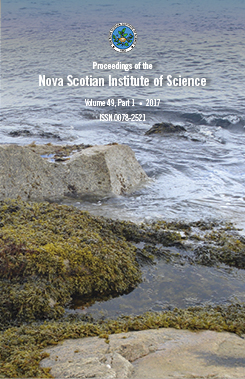Serendipity in the sciences – exploring the boundaries
DOI:
https://doi.org/10.15273/pnsis.v49i1.6981Abstract
Serendipity in the sciences is an unexpected experience prompted by valuable interaction with ideas, information, objects, or phenomena.
While serendipity is often associated with the “aha” and “eureka” moments that characterize well-known scientific discoveries such as the structure of DNA, serendipity may be more accurately described as a factor across the various stages of the scientific process. For example, serendipity in the sciences includes those unexpected encounters with prior research findings that are fostered by informal knowledge sharing within and among scientific communities. Serendipity‘s contribution to science is increasingly noted by scientists in formal scientific reports, by funding agencies which recognize the need to make room and provide support for serendipity in science, and is often credited with the development of fruitful scientific careers. This paper describes the process of serendipity—the pattern of the phenomenon—that will be familiar to many who have experienced it and noteworthy for those whose have not. Through examples of serendipity in the sciences, different perspectives on its role are explored and lessons drawn.


